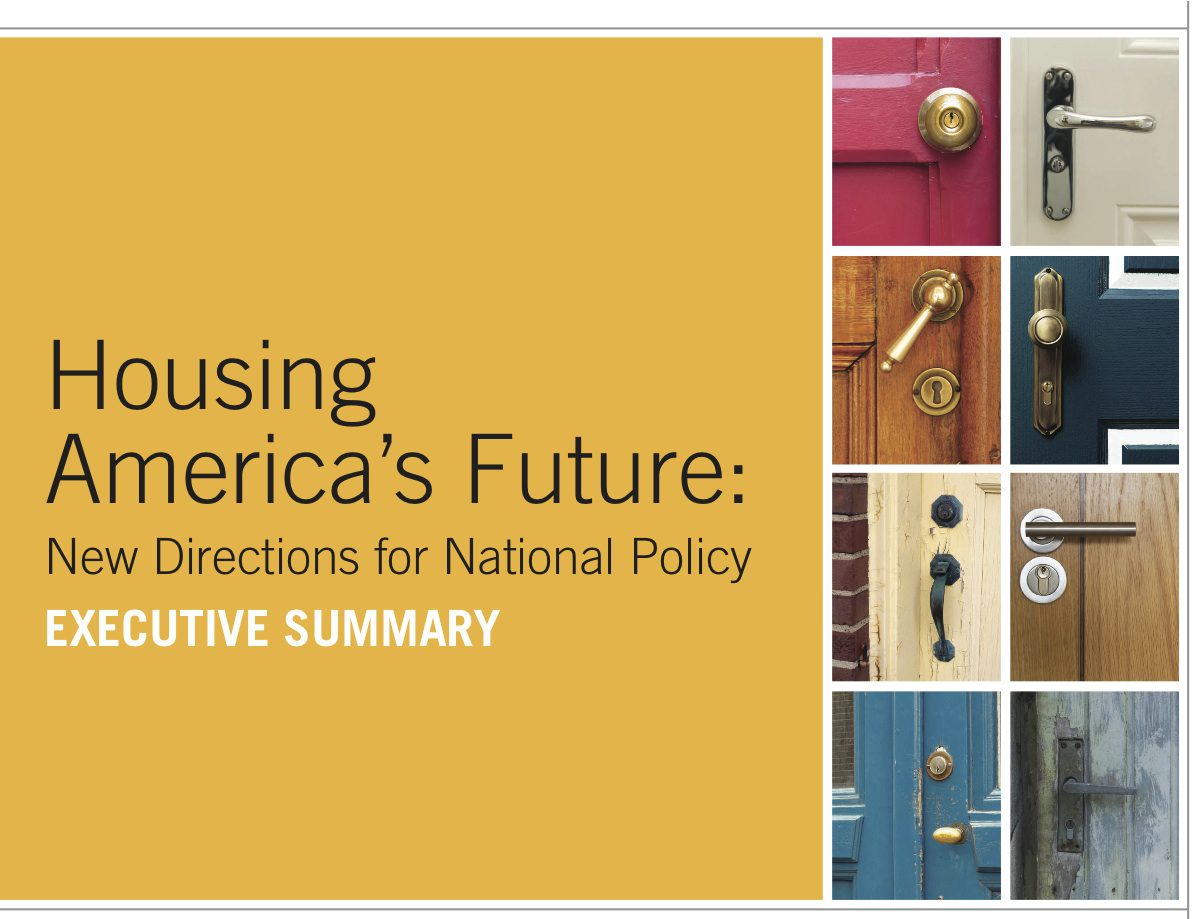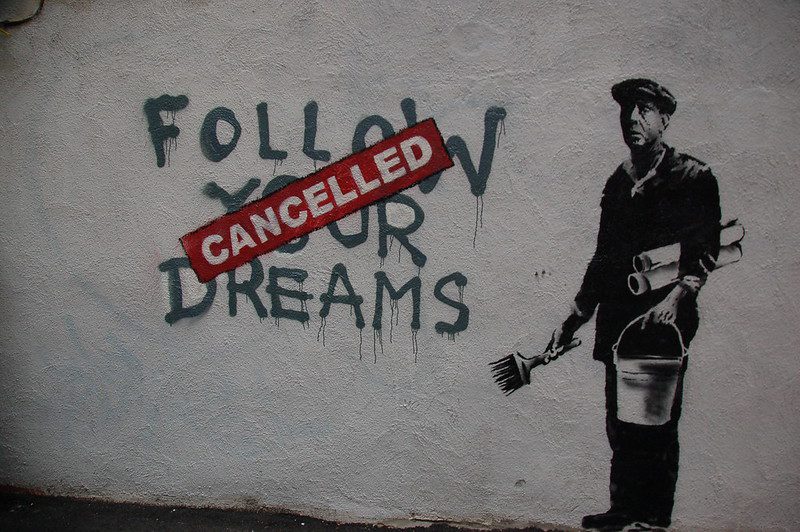[Ed: The Bipartisan Policy Center's Housing Commission released its report, Housing America's Future, on housing policy yesterday. Its recommendations include winding down Fannie Mae and Freddie Mac, and limiting federal government involvement in mortgages to a “Public Guarantor.” Dean Baker responds.]
There is a good argument for having a public company like the old Fannie Mae sustain a secondary market in mortgages. Fannie Mae created this market in the 1930s. It was able to substantially reduce regional differences in mortgage costs and availability, with minimal operating expenses. This publicly-run company was a success by any reasonable measure.
We also know that the private market can provide housing finance without any direct support from the government. This is demonstrated by jumbo mortgages, which typically carried a premium of 25-50 basis points above conformable mortgages.
Given these successful routes for providing housing finance, the Bipartisan Policy Center took the natural path for people in Washington: a proven failure.
Instead of opting for either a public company or companies to sustain the secondary market or leaving finance to the private sector, the Bipartisan Policy Center opted for the sort of public-private mix that we saw with Fannie Mae and Freddie Mac in the years leading up to the housing crash. They want the government to guarantee investors’ stakes in mortgage backed securities.
It is difficult to understand why the Bipartisan center sees the need for a public role in the housing market. And insofar as it does see such a need, it is not clear why it cannot best be met simply by maintaining a publicly run company like the old Fannie Mae. We know that the housing market can be sustained simply with private financing. The long history with jumbo mortgages that could not be purchased by Fannie or Freddie proves this.
If the only point is to provide an interest rate subsidy then this could be much better accomplished through the tax system where we can restructure the interest deduction and make it more helpful to moderate income homebuyers by converting it to a credit. There is no need to set up a whole new financial architecture.
However, if we want a public role in the mortgage financing process, then why not do it simply and cheaply? It is hard to see what advantage the Bipartisan Policy Center’s proposal has over the old Fannie Mae system. It just adds complexity and cost.
This looks like a policy that was driven more by ideology than clear thinking. The goal seems to be to keep something like the current system of mortgage-backed securities and to ensure that they are profitable for the private sector.
The proper goal for housing policy should be to ensure that families have access to low-cost financing, not to maximize the profits that banks and other financial institutions can earn in the process. The Bipartisan Policy Center has developed an effective way to subsidize privately issued mortgage-backed securities. It has not developed an efficient mechanism for providing mortgage financing to homebuyers.
[Ed.: For a different take on the report, see NCLR's Janis Bowdler's post.]






Comments